ISRAEL NOW [REINVENTING THE FUTURE]
Date: February 1st – March 17th, 2013 – Opening January 31th 2013
Location: MACRO – Piazza Orazio Giustiniani 4 – 00153 Roma
Curator: Micol Di Veroli
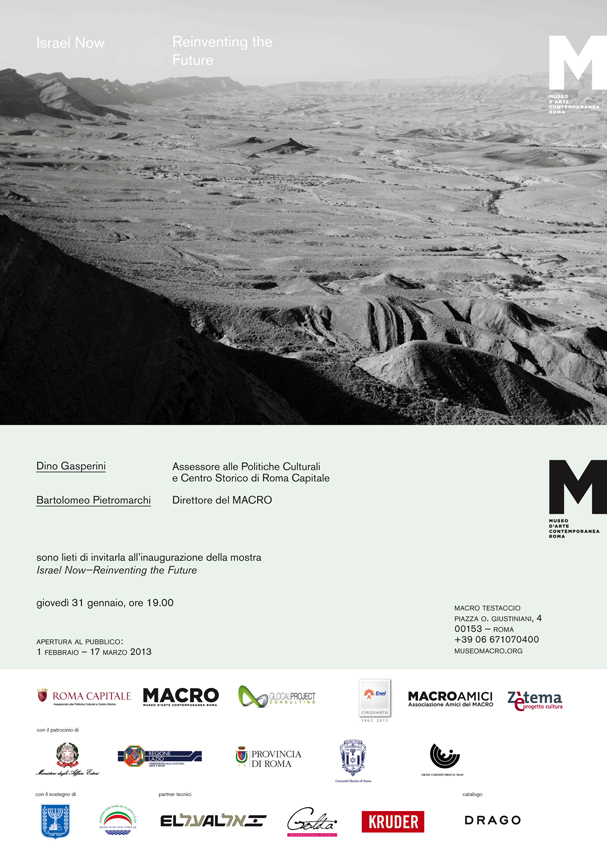 The exhibition, presented by MACRO – Museum of Contemporary Art in Rome and produced by Glocal Project Consulting, partnered by Drago, is supported by the Embassy of Israel in Italy, the Italy Israel Foundation for Culture and the Arts, and sponsored by the Ministry of Foreign Affairs, Lazio Region, the Province of Rome and Roma Capital – Department of Cultural Affairs, City Centre, the Jewish Community of Rome, UCEI and Pitigliani Centro Ebraico Italiano.
The exhibition, presented by MACRO – Museum of Contemporary Art in Rome and produced by Glocal Project Consulting, partnered by Drago, is supported by the Embassy of Israel in Italy, the Italy Israel Foundation for Culture and the Arts, and sponsored by the Ministry of Foreign Affairs, Lazio Region, the Province of Rome and Roma Capital – Department of Cultural Affairs, City Centre, the Jewish Community of Rome, UCEI and Pitigliani Centro Ebraico Italiano.
The exhibition has received the culture award by the President of the Republic Giorgio Napolitano.
The city of Rome is proud to host Israel Now – Reinventing the Future, one of the most important contemporary art exhibitions on Israel carried out in Europe in 2013: a cross-cultural and multidisciplinary, platform capable of reflecting the dynamism of a culture that has its roots in an ancient spirituality. The project is structured around a selection of twenty-four Israeli artists from different generations and experiences, and is aimed to open many eyes on the future, to offer a possible alternative conception of production and artistic enjoyment. Contemporary art has always been a barometer of future for it is capable of giving answers to the questions of society. In an increasingly globalized world scenario, where too often the medium is the message, Israeli artists have managed to maintain an approach critical, a perfect balance between new technology and old methods. Sustained by the work of the numerous art galleries, museums and other realities, the Israeli contemporary art has taken the opportunity to build the future, without compromise or stress imposed by the market and with a constant in artistic and conceptual autonomy. Israeli artists analyze the future. Rather, the futures – in plural -, because all the possible futures are included.
Why reinventing the future
Human experience is closely linked to the idea of future. Perceiving what is yet to come, conceiving hopes of progress and redemption, overcoming the anxiety uncertainty. This is the central engine of a life lighted by the eternal flame knowledge, possessed by a compulsive need to understand what appears inscrutable. The future is a constant illusion, a long trip on the Moebius strip that helps humanity to hide the frailty and transitory nature of the human body. Conceiving a specific idea of a nonlinear time and a multiple reality is an integral part of the biological nature of man and his personal and cultural expression. The idea of the future is omnipresent in our language, in our spirituality and is the possibility that emerges from the decisions of the present, influenced by the past. The endless search for this realm of randomness and of the continuous reprogramming of forms, concepts and meanings is a perfect obsession, a clear manifestation of thought extension and of its immortality through endless variables.
Through the widespread ignorance represented by reification, the contemporary collective imagination has learned to conceal the future within the concept of new, so everything is imagined as a “new thing”, a commercial progress that manifests itself only in the specific condition of a slow transformation, perpetually identical to itself. The supermodernity with its excesses of space, time and ego has dramatically distorted any precognitive ability, it has changed the idea of future into an empty ideological and mediatic hyperactivity which effectively eliminates any meaningful content. Modern society must inevitably break free from the constraints of the new as the only form of progress and reinvent the future, to regain a real or dreamy sense of it. Deconstruct a false conception of the future, learning to think about it along with its direct reverse, the past, without making an acceleration of history.
Reinventing the future means not only evolve but to transform into something different, beyond the concept of production of the new and the spectacular. Conceiving the future can not be reduced to the mere formulation of a scenic and artificial word but it has to be the materialization of an abstract and ever changing entity that owns a field, a space and a visibility within a nonlinear concept of time. This conceptualization thus refers to matters of creative nature, because the plastic and philosophical transformation of aesthetic, concepts and forms is a key feature of the artistic process, who draws nourishment from the realities of the past, making a careful investigation of the present and future visions.
Reinventing the future is therefore possible through the artistic activity. Even if the future were to occur aesthetically and conceptually different from what imagined, it can be endlessly reinvented, recovering his new past form. To catch the meaning beyond the signifier, To depart from mythological narratives schemes, to arrive at a personal myth-making of the future. The artistic practice can open up new windows on alternative worlds and give the user clear images, free from any visual constrain. This goal can only be achieved by overtaking the concept of conformity/ nonconformity of the artistic object within the trends of its time.
In developing Israel Now, Reinventing the Future It has been considered the possibility of multiple future scenarios, in order to offer a possible alternative conception of artistic production and fruition as well as of individual and collective identity in relation to the diversity of our planet. The primary intent is also to understand the influence of philosophical and aesthetic forms of the past within a new concept of “making art”, without constrains and preconceptions.
The project is structured around a selection of Israeli artists of different generations and experiences. The land of Israel is a concrete example of a nation looking at the future, because it draws nourishment from a multi-ethnic society, characterized by a deep and ancient spirituality and at the same time it is able to open up parallel scenarios, both real and imagined. Israeli artists are then immersed in an environment that has already developed a solid idea of the future. In an increasingly globalized world scenario, where much too often the medium is the message, they have managed to maintain a critical behavior in relation to new technologies and old methodologies, hailing the remarkable progress of science and of the nation in general as a further possibility of experimentation. On these new directions, opened by a nation constantly projected towards social development, the artists in participating at IsraelNow-Reinventing the Future have been able to build alternative routes, with an eye to the international artistic investigations while firmly maintaining collective and personal identities.
The supermodernity of the contemporary art
Opening a window on future or futuristic circumstances, through the work of art and consequently by means of an artistic event like IsraelNow – Reinventing The Future, involves the demolition of certain rules of behavior that characterize the large international exhibitions.
In her introductory essay Harald Szeemann: Individual Methodology, critic and art historian Florence Derieux asserts that the history of art of the second half of the twentieth century has become a history of exhibitions, of major projects and no longer the history of works of art. This concept, now widely shared, implies the exponential growth of an extraordinary decisional power by the curator who ends up objectifying an excess of ego for which we tend to value only the project and not the independent power of the work and of the image.
In 2003, Molly Nesbit, Hans Ulrich Obrist and Rirkrit Tiravanija presented their project Utopia Station at the Venice Biennale. At that time, the concept of utopia, reached a dystopian size, because the artworks included in the exhibition ended up being crushed by a too ambitious curatorial vision, making them useful only to justify the project. Utopia Station is therefore a good example of what is written by Florence Derieux. As part of this specific supermodern behavior expressed by curatorial practice, the risk is to totally lose the importance of the artist and of the work.
In tracing the guidelines of Israel Now-Reinventing the Future, the approach that is used is meant to overthrow these mechanisms, avoiding to transform curatorial practice into a work of art but without altering the main concept of the exhibition. Specifically, each decision was made with the invited artists and each work is juxtaposed with the other while maintaining its distinctive identity, as in a compendium of stories told in first person. Emphasize the process of free creation of the future and at the same time reflect the experimental nature of all artistic expression, these are the focusing points of a project aimed at extending the usual criteria of artistic fruition, while avoiding unnecessary special effects.
Conclusions
Turning from the concept of static and monolithic exhibitions slave to a rigid curatorial view, into a radically dynamic experience like the search of possible futures, is equivalent to the passage from the simple collection of objects into an alive and pulsating exhibition, like a living organism in constant becoming. Beyond the rhetorical strategies and the imaginative power developed by any textual criticism, the work of art appears as the unique and irreplaceable sensorial engine able to bypass its time and anticipate the future. On this basis, the artists in the exhibition have literally gone beyond the concept of a closed future, giving the observer a series of exquisitely open personal theories spanning the objective evidence to plunge into new space-time dimensions, rather than rely on a one-dimensional reference system. The future is waiting only to be reinvented, be it a new way of thinking to the social sphere, to look to new technologies or creating new forms. Contemporary art is thus a point of vantage, on everything which our mind yearns thirsty.
Micol Di Veroli
Press Release (PDF)
Press Review
Corriere della Sera | La Repubblica | Il Sole 24Ore | Il Messaggero 1 | Il Messaggero 2 | Il Tempo | Dagospia
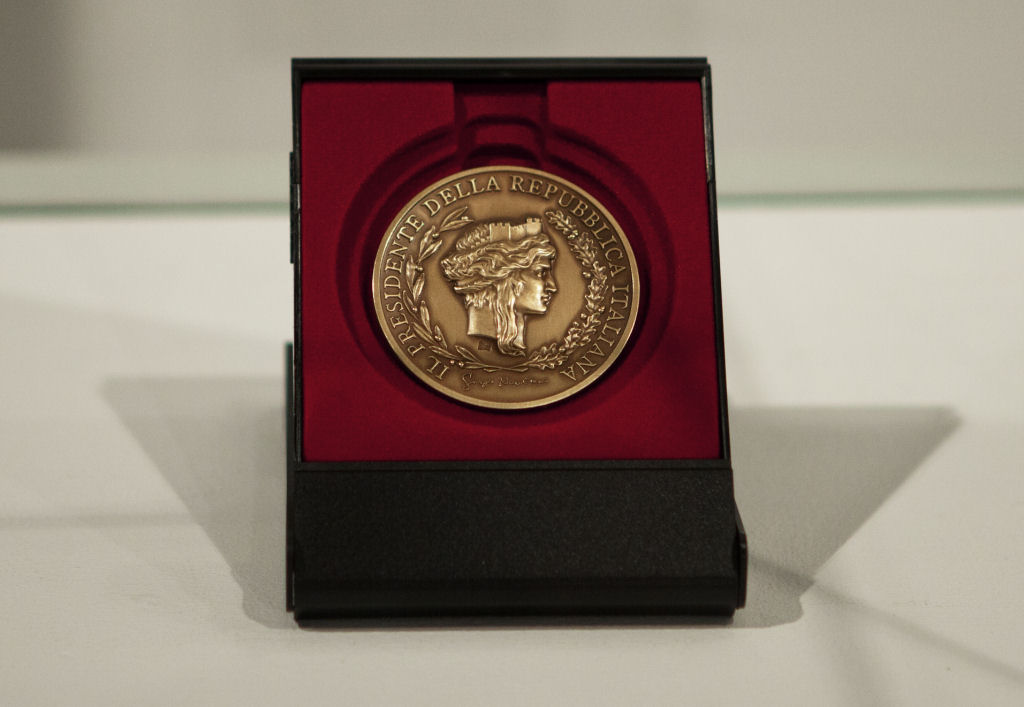
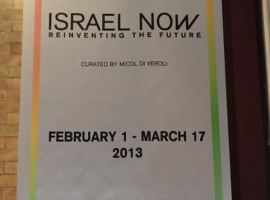
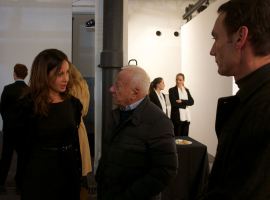
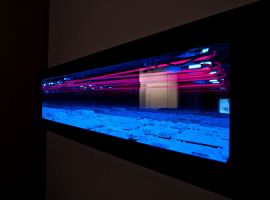
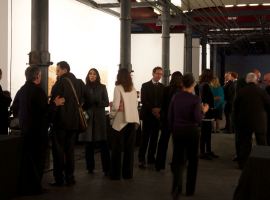
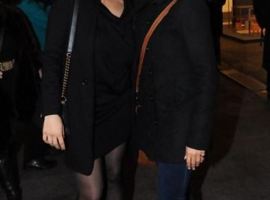
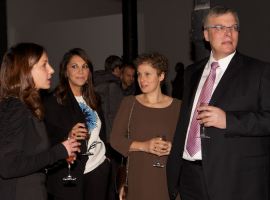
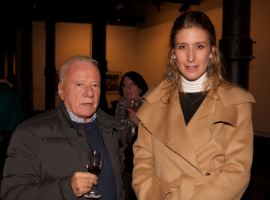
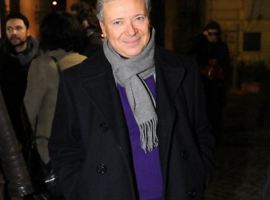
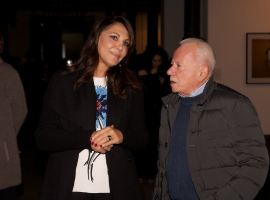
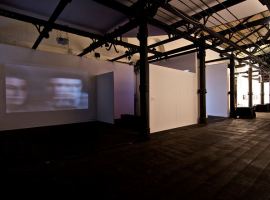


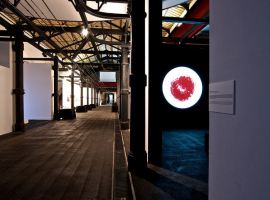
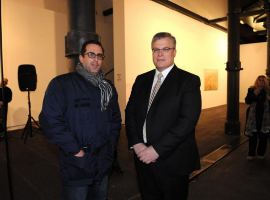
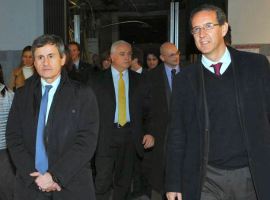
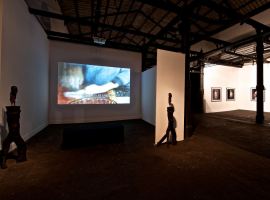
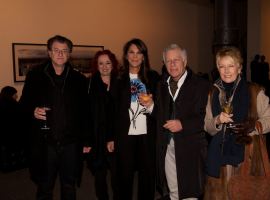
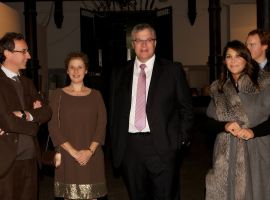
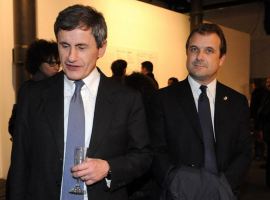
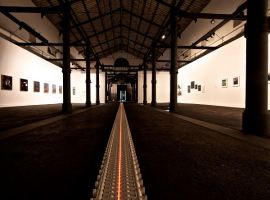

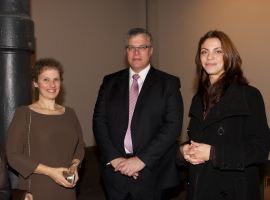
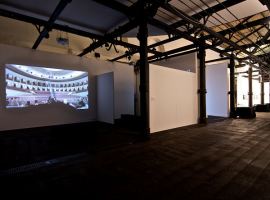
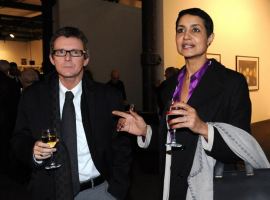
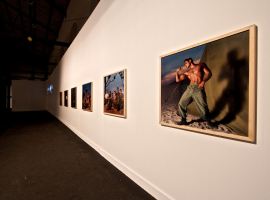
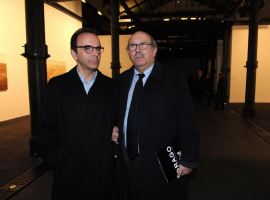
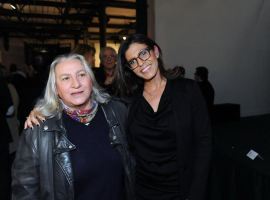
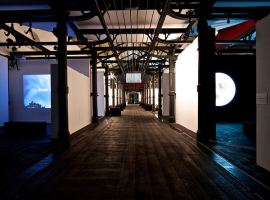
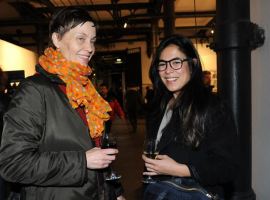
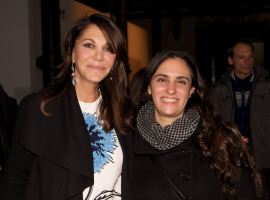

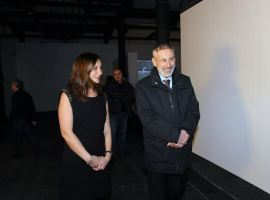

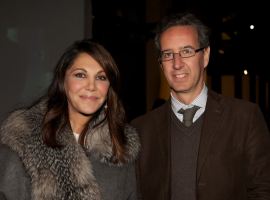
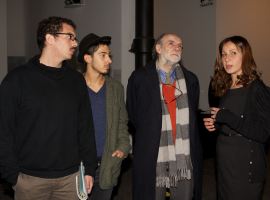
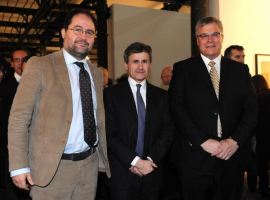
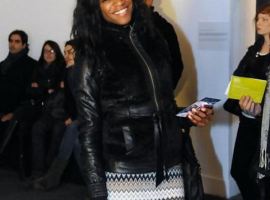
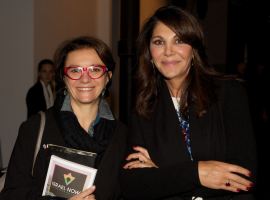
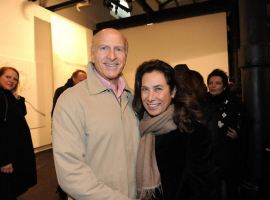
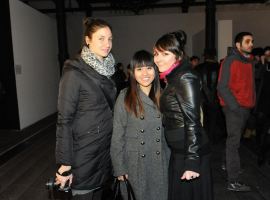
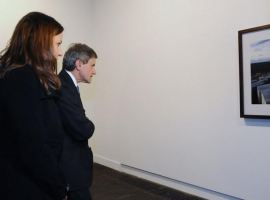
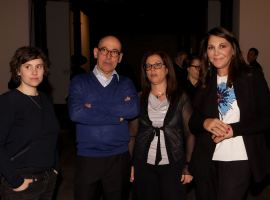
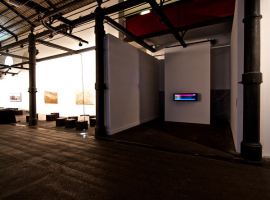
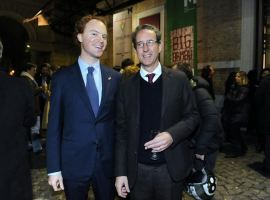
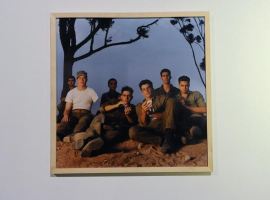
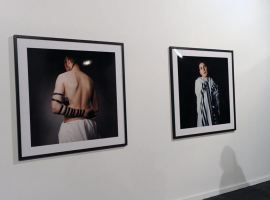
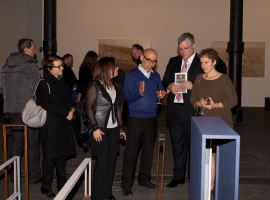
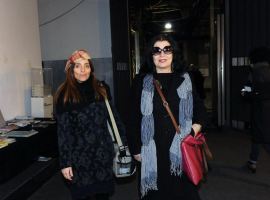
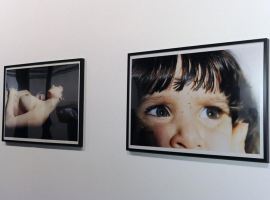
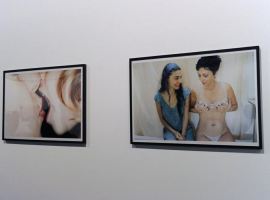
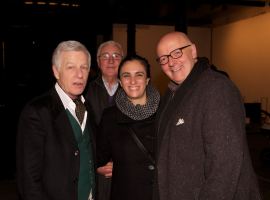
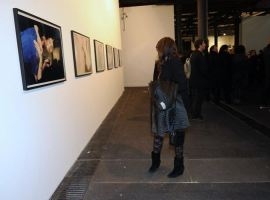
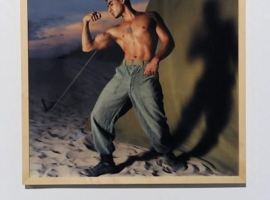
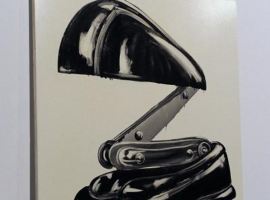
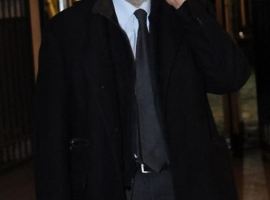
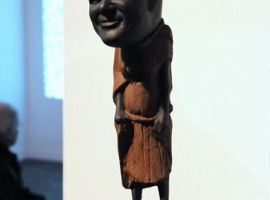
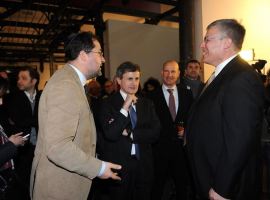
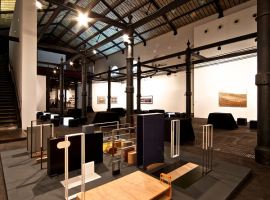
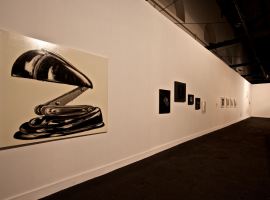
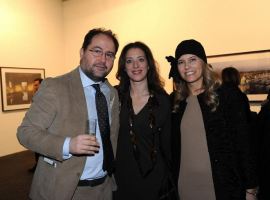

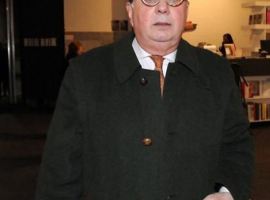

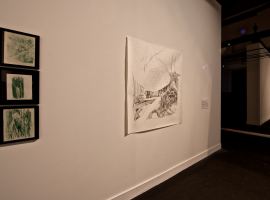
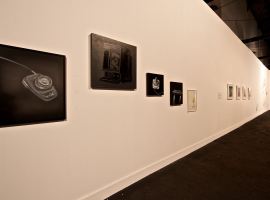
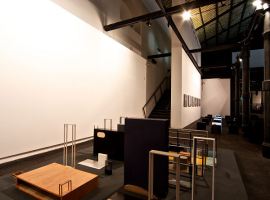
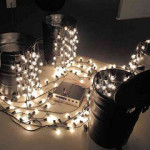 Previous Post
Previous Post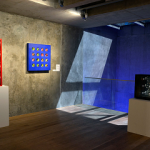 Next Post
Next Post